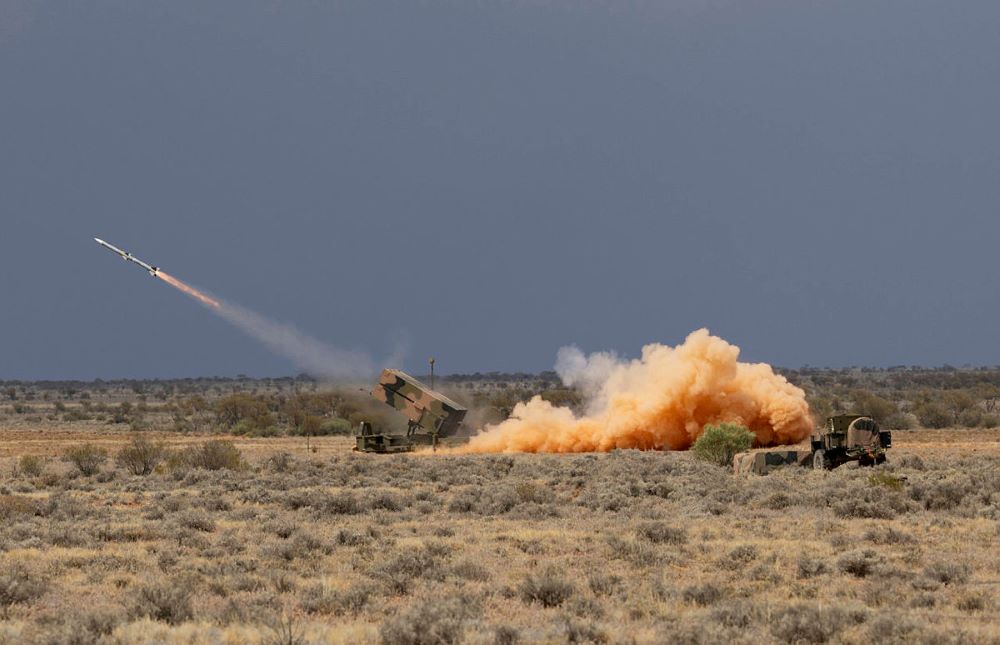
Sea state
Australia has accused China of ‘unsafe and unprofessional’ conduct after Royal Australian Navy divers were allegedly injured last week by a People’s Liberation Army Navy destroyer inside Japan’s exclusive economic zone. The incident occurred when the destroyer approached an Australian frigate that had divers in the water clearing fishing nets from the propellers. Australia says that some of the divers suffered minor injuries from sonar pulses emitted by the Chinese ship. China has said that Australia’s account is wrong, and the two countries’ leaders appeared not to have discussed the incident at their meeting in San Francisco later that week.
A US Navy aircraft carrier has returned to its forward-deployed port in Yokosuka, Japan, following a six-month tour of the Indo-Pacific region. USS Ronald Reagan participated in numerous multinational integrated military exercises with participants from Japan, Australia, South Korea and Indonesia. According to the ship’s commanding officer, the deployment between May and November strengthened the US’s ‘relationships and interoperability with partners and allies’ in support of ‘a free and open Indo-Pacific’.
Flight path
The Australian Army conducted its first live-fire of its NASAMS advanced surface-to-air missile system on 14 November. NASAMS, which will replace the army’s RBS-70 air-defence systems, features a Kongsberg launch platform, a Raytheon AIM-120 AMRAAM missile and advanced CEA Technologies radar. NASAMS was acquired to enhance interoperability within the Australian Defence Force and with partner militaries. Army chief Lieutenant General Simon Stuart emphasised the systems significance for army modernisation and collaboration with defence industry partners.
Fiji is set to acquire 14 additional Bushmaster protected mobility vehicles from Australia, boosting its fleet to 24. The initial purchase of 10 Bushmasters in 2017 was prompted by the 2014 kidnapping of Fijian peacekeepers. While specifics of the deal remain undisclosed, it reflects the broader trend of Australia reducing its Bushmaster inventory to aid international partners, including Ukraine and Indonesia. The recent contract follows Australia’s commitment to build 78 more Bushmasters.
Rapid fire
The Pentagon’s Joint Counter-small Unmanned Aircraft Systems Office, or JCO, is advancing new capabilities in response to the growing use of military drones. Established in 2019, the JCO has conducted five demonstrations to address varying drone threats. Major General Sean Gainey, the JCO director, announced that technologies previously in demonstration phases are now being procured and used by military services across combatant commands. The JCO’s strategic approach involves identifying viable capabilities through demonstrations, conducting fly-offs to select recommended vendors, and swiftly deploying systems to combatant commands once safety thresholds are met.
The United Arab Emirates is in discussions with Korea Aerospace Industries for the procurement of KUH-1E helicopters, aiming to finalise the deal by the end of the year. The UAE is interested in an undisclosed number of KUH-1E helicopters, a maritime variant of the twin-engine KUH-1 Surion. The KUH-1E, equipped with a radar system instead of the gun present in the KUH, can accommodate 18 people, including two pilots. The UAE Defence Ministry is currently evaluating the aircraft, conducting thorough tests before reaching a decision.
Final frontier
The US Space Force has received its first operational-level doctrine for space domain awareness from the Space Training and Readiness Command. Space Doctrine Publication 3-100 establishes a common frame of reference for space force commanders and guardians to preserve freedom of action and enable joint lethality and effectiveness in the space domain. The doctrine is currently supported by five keystone documents covering personnel, intelligence, operations, sustainment and planning. A sixth, on command and control, is in development.
The European Council has upended a decades-long tradition in European space policy development and weighed in on military space matters with its endorsement of the new EU space strategy for security and defence. The council’s decision document calls for an expansion of EU tools to defend space assets and closer coordination with the European Defence Agency and the European Space Agency to maintain the ‘technical sovereignty’ of the EU space industrial base. The endorsement signals a desire by EU member states to coordinate military decision-making in space.
Wired watchtower
Five Australian companies have come together to launch a consortium to support the development of AUKUS Pillar 2 information-warfare capabilities. The Australian Information Warfare Alliance will harness the collective technical expertise of its member organisations to deliver new information-warfare systems and capabilities, data products, and education and training. The establishment of the alliance is a boost for the sector, which a spokesperson said will help ensure ‘a more agile, responsive and effective Australian Defence Force’.
Last week, the US and Indonesian governments signed a historic defence cooperation agreement to strengthen their countering of threats in cyber and space. The two countries will introduce a memorandum of understanding that will guide responses to malicious state and non-state actors that threaten either party and create a conducive environment for technology, energy and financial firms in Indonesia. The move is part of a broader effort to shore up the cyber defences of countries in the Indo-Pacific and minimise the vulnerability of critical infrastructure to cyberattack.

